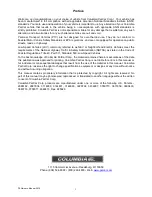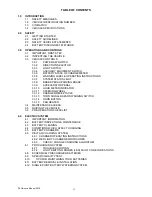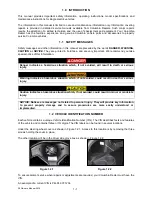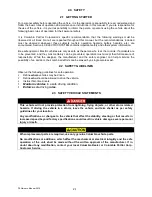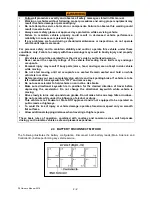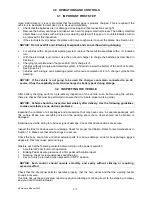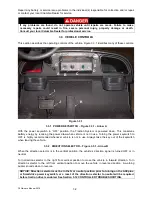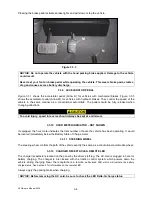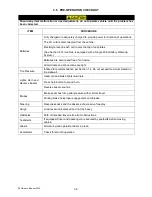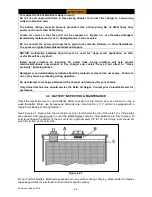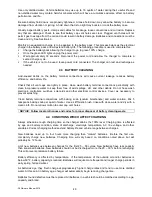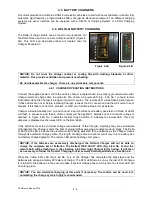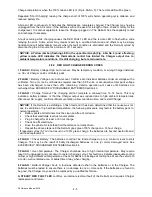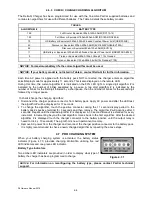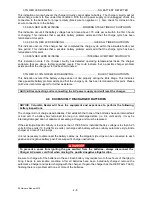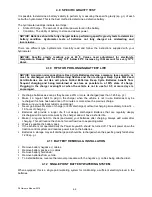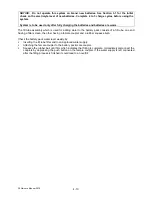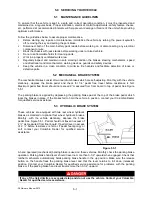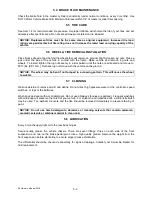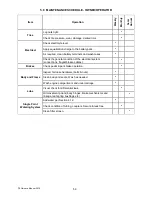
P4
Owner’s Manual 2015
Pressing the brake pedal activates brake lights and will slow or stop the vehicle.
NOTICE:
Do not operate the vehicle with the hand parking brake applied. Damage to the vehicle
could result.
Never rest your foot on brake pedal while operating the vehicle. This wears brake pads, creates
drag and causes excess battery discharge.
3.3.9 ACCELERATOR PEDAL
Figure 3.3.1 shows the accelerator pedal (Arrow K) for vehicles with mechanical brakes. Figure 3.3.3
shows the accelerator pedal (Arrow M) for vehicles with hydraulic brakes. They control the speed of the
vehicle in the same manner as a conventional automobile. The pedal should be fully released when
changing directions.
To avoid injury, speed in reverse should always be kept at a minimum.
3.3.10 HOUR METER INDICATOR
– NOT SHOWN
If equipped, the hour meter indicates the total number of hours the vehicle has been operating. It would
be located immediately below the Battery State of Charge meter.
3.3.11 STEERING WHEEL
The steering wheel controls the path of the vehicle exactly the same as a conventional automobile wheel.
3.3.12 CHARGER RECEPTACLE & REMOTE LED
The charger receptacle is located on the panel by the driver’s left leg. The AC cord is plugged in here for
battery charging. The charger is inter-locked with the traction control system which powers down the
vehicle during charging. Near the receptacle is a remote
multicolored LED which will indicate the battery
charge status. See Section 4 for information on the remote LED.
Always apply the parking brake when charging.
NOTICE:
Before removing the AC cord, be sure to check the LED Delta-Q charge status.
Figure 3.3.3
M
L
N
3-4


